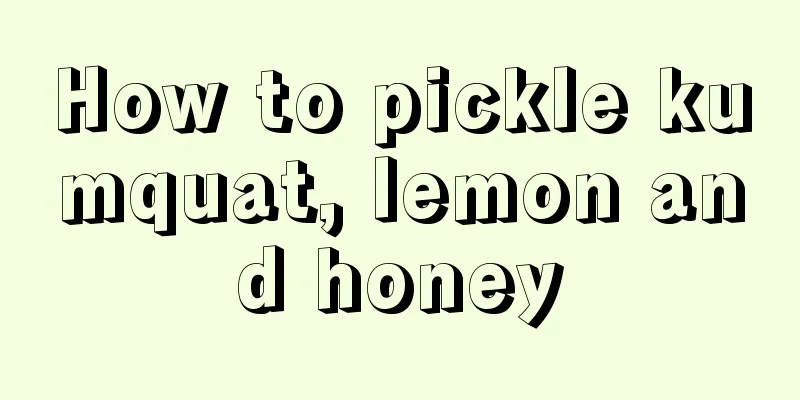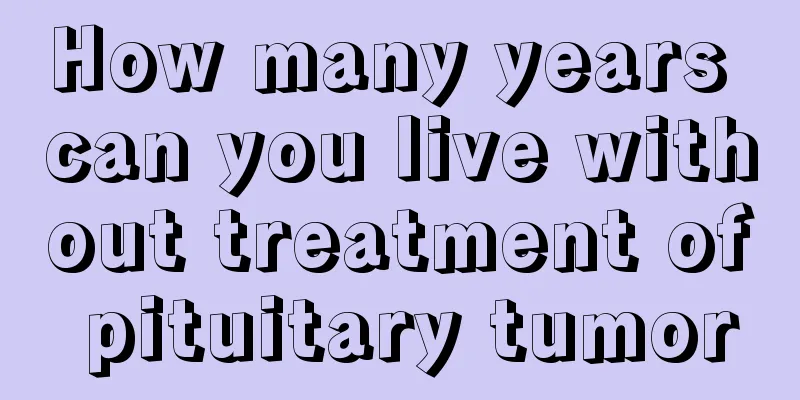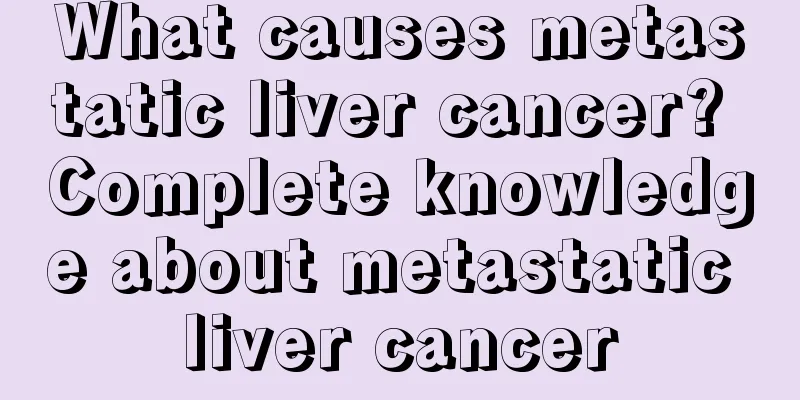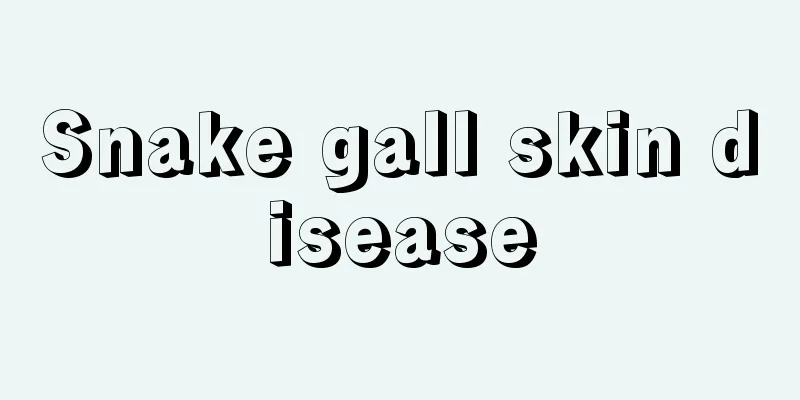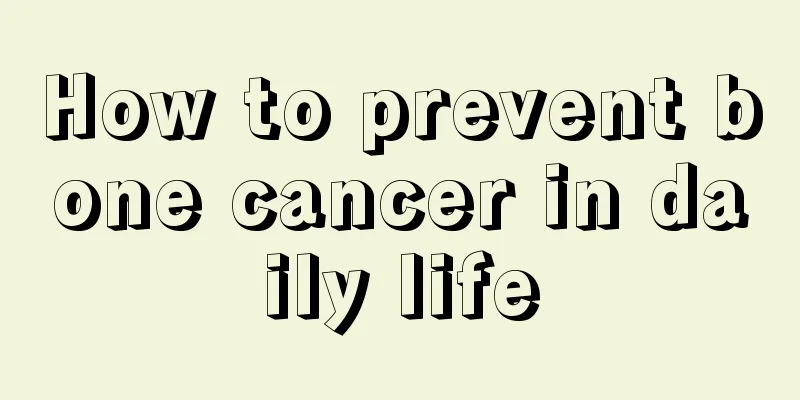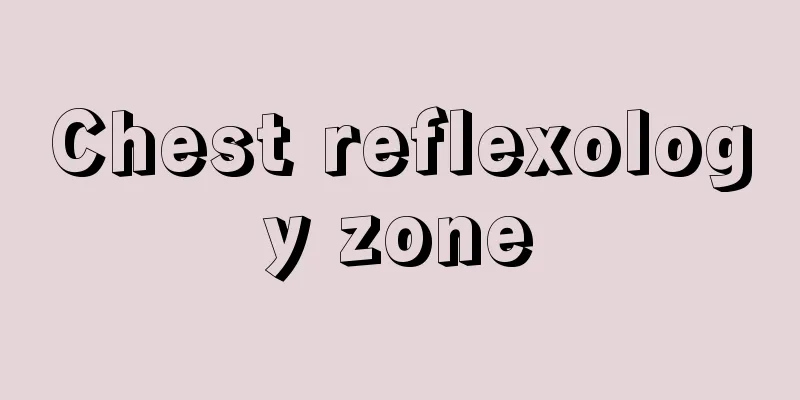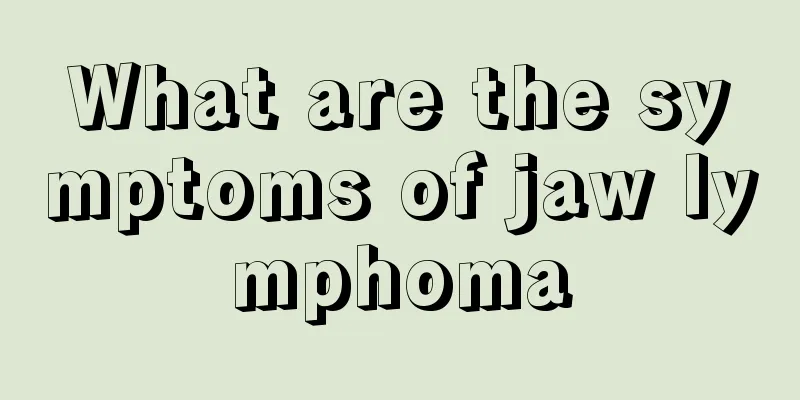What are the main procedures for Japanese encephalitis vaccine?
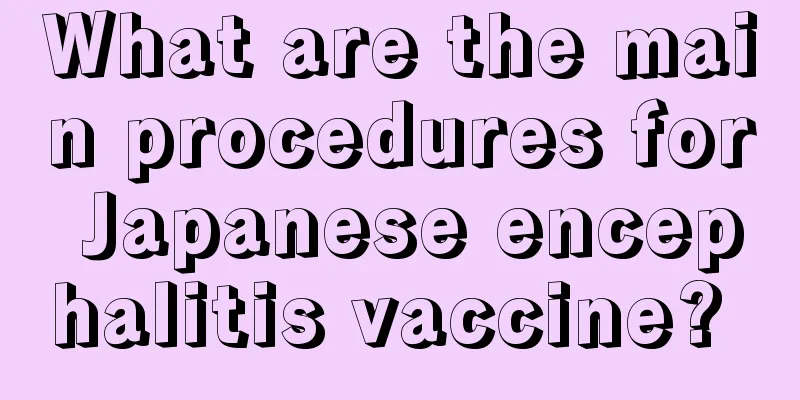
|
Japanese encephalitis is relatively common in our lives. It is an infectious disease that can cause great harm to the human body. Patients will experience nausea, vomiting, high fever, and in severe cases, it may even endanger the patient's life. In our lives, we need to get vaccinated against Japanese encephalitis and prevent the disease. So, what are the main procedures for Japanese encephalitis vaccine vaccination? There are many sources of infection for Japanese encephalitis, including humans and animals. While we are doing a good job of vaccination, we also need to cut off the source of infection, reduce the chance of contact with mosquitoes and poultry during the peak period of the disease, and better protect ourselves. Let's take a look at the main procedures for Japanese encephalitis vaccine vaccination. Injection time of inactivated Japanese encephalitis vaccine: The national immunization program stipulates that basic immunization requires two injections. The first injection is given when the baby is 6 months old, and the second injection is given 7-10 days later. A booster injection is given at 1.5 to 2 years old (18 to 24 months old) and 4 years old, and another booster injection is given at 6 years old. For babies in epidemic areas, emergency vaccination should be carried out for babies under 6 years old whose Japanese encephalitis immunization history is unknown or who have not completed the full vaccination schedule. The country also uses live attenuated vaccines: the first shot is given at 1 year old, a booster shot is given at 2 years old, and another booster shot is given at 7 years old. People with fever, acute diseases, severe chronic diseases, neurological diseases, allergic diseases, a history of allergy to antibiotics, and those with allergic constitutions are not suitable for injection. The protection rate of inactivated Japanese encephalitis vaccine is 60% to 90%. The neutralizing antibody conversion rate can reach over 80% after a single injection of the live attenuated Japanese encephalitis vaccine, and over 90% after booster injection in the second year. After the above introduction, we have a simple understanding of the vaccination procedure of the Japanese encephalitis vaccine. It should be noted that the vaccination of the Japanese encephalitis vaccine is best completed one month before the epidemic season. Very few children will have allergic reactions, which is normal and can be relieved on its own. If the symptoms are more serious, you need to see a doctor in time. |
<<: Can congenital hydrocephalus be cured? What are the treatments?
>>: What are the complications of infertility? How should it be treated?
Recommend
How hereditary is glioma
People's living conditions are better now tha...
What is the reason for cold hands and feet, why do women have this problem
Women are more likely to have cold hands and feet...
The efficacy and function of camphor wood
Camphor wood, perhaps everyone thinks it is just ...
How to lose weight with round shoulders
Some people have broad and rounder shoulders. Thi...
What to eat to prevent lung cancer growth
What should you eat to prevent lung cancer from g...
Understand the clinical staging of prostate cancer
Early prostate cancer is actually not difficult t...
Can trichomoniasis be completely cured?
Trichomonas vaginitis is a common disease in norm...
What is the function of Betahistine Hydrochloride Sodium Chloride?
Betahistine hydrochloride sodium chloride is a dr...
How to effectively remove nodular acne
Nodular acne is also a type of acne in which red ...
What are the symptoms of mediastinal hernia
Most people are not very familiar with mediastina...
Why is my neck swollen and uncomfortable?
Neck pain is very common, and this symptom is clo...
Throat inflammation and blood in sputum_What is the reason for blood in sputum?
When you cough and there is blood in your sputum,...
Is renal hamartoma harmful? Is it serious? How long can one live?
The degree of harm caused by renal hamartoma depe...
Does double eyelid liposuction hurt?
Double eyelid liposuction is a relatively common ...
Cancer viruses are most likely to show their true colors here
1. There are "black moles" on the toes ...
